.webp)
PEZ
What started as one man’s crusade against cigarettes became one of the world’s most beloved candy brands. This is the history of PEZ how a simple peppermint turned into a cultural phenomenon.

The PEZ story begins long before the candy itself existed. In the late 1800s, a physician named Eduard Haas I pioneered baking powder as a superior leavening agent, but his experimental nature proved fatal when he died from medical tests he performed on himself.
His son, Eduard Haas II, abandoned his medical studies after his father’s death and became a grocer instead. By 1894, he founded the Ed. Haas Company, selling his father’s baking powder recipes. The family business was thriving.
But the third generation would go on to create something amazing.
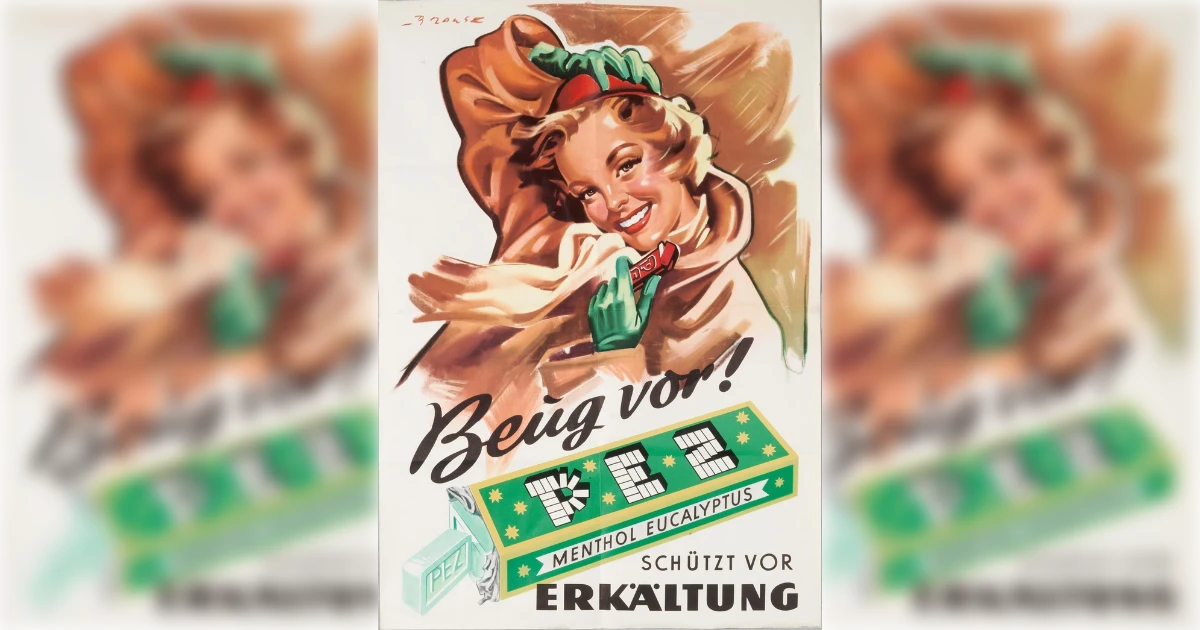
Eduard Haas III inherited his father’s business in 1915 and his grandfather’s obsession with health and innovation. By age 18, he was already improving the family’s baking powder, creating what may have been the world’s first ready-made cake mix.
But Haas III had bigger ambitions. As a passionate anti-smoking advocate in 1920s Vienna, he watched people puff away on cigarettes and saw an opportunity. What if he could create something that would satisfy the oral fixation of smoking while freshening breath?
Working with chemists, he developed a cold-press process that preserved peppermint flavoring without the heat that typically destroyed it. The result was a tiny, intensely flavored mint that packed a powerful punch.
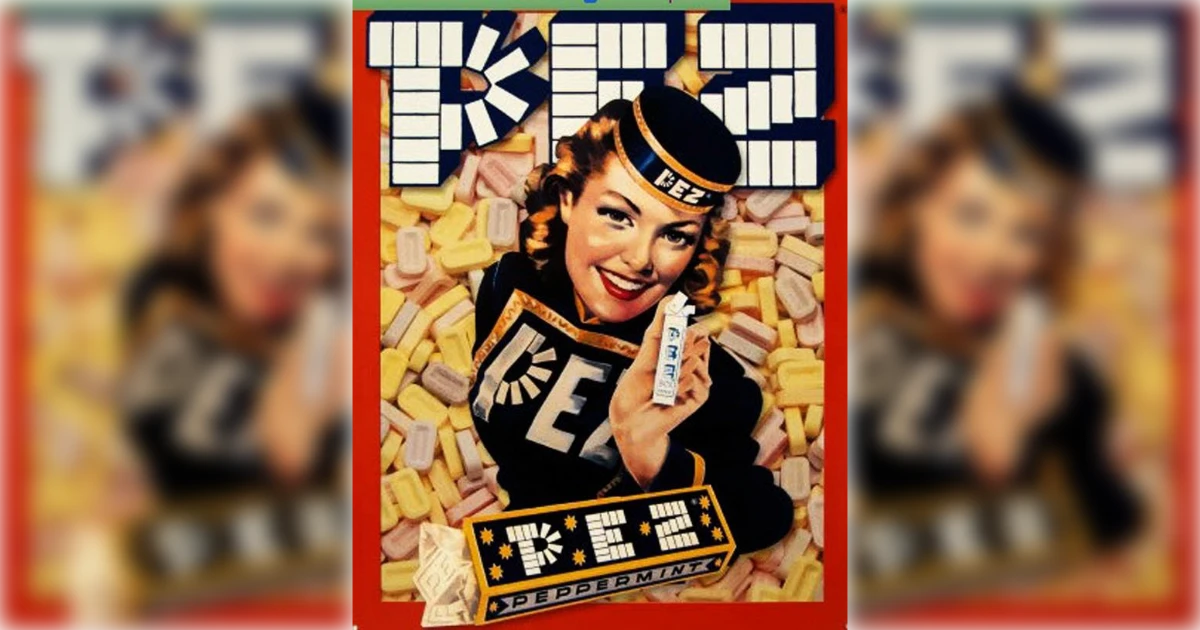
In 1927, Haas III launched his most famous creation. PEZ. To come up with the name, he took the German word for peppermint, “Pfefferminz,” and created PEZ using the first, middle, and last letters.
In the beginning, PEZ was sold in small metal tins. They were marketed as luxury items for sophisticated adults, with the provocative slogan: “Smoking prohibited, PEZing allowed!”
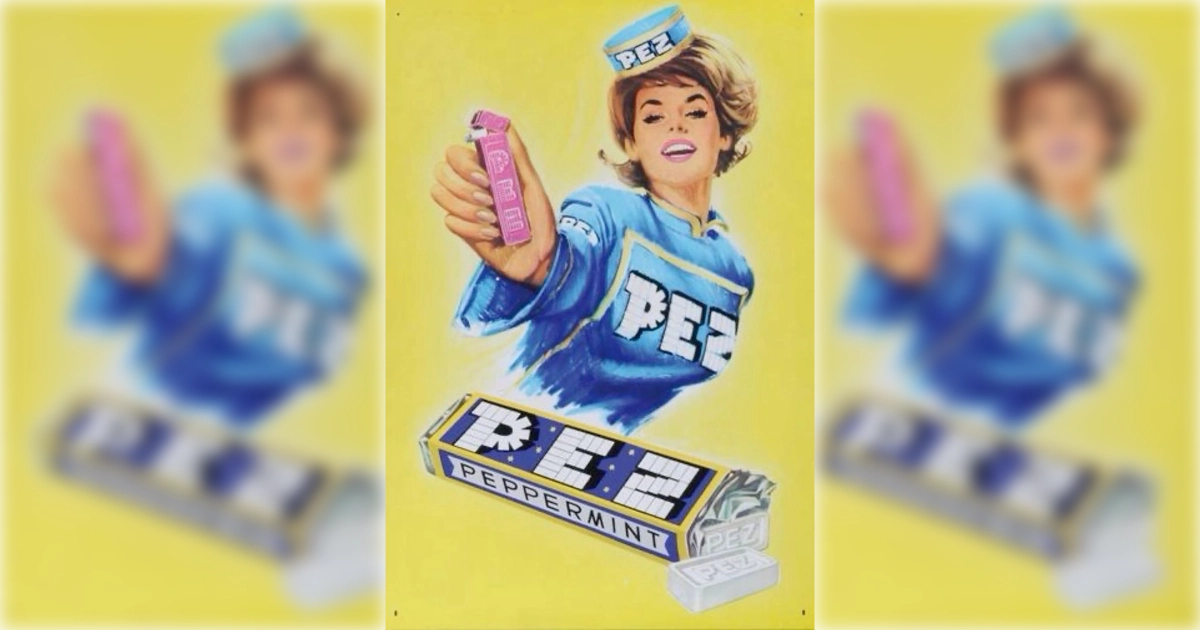
Haas III hired attractive young women, dubbed “PEZ Girls,” who drove branded trucks around Vienna and other European cities. Dressed in stylish uniforms, they handed out free samples at busy squares and major events.
Their advertisements were daringly adult for the time, featuring couples about to kiss with captions like “Deliciously fresh breath!” and pin-up style images asking “Already PEZing?” This sexy, sophisticated approach helped PEZ spread across Europe throughout the 1930s.
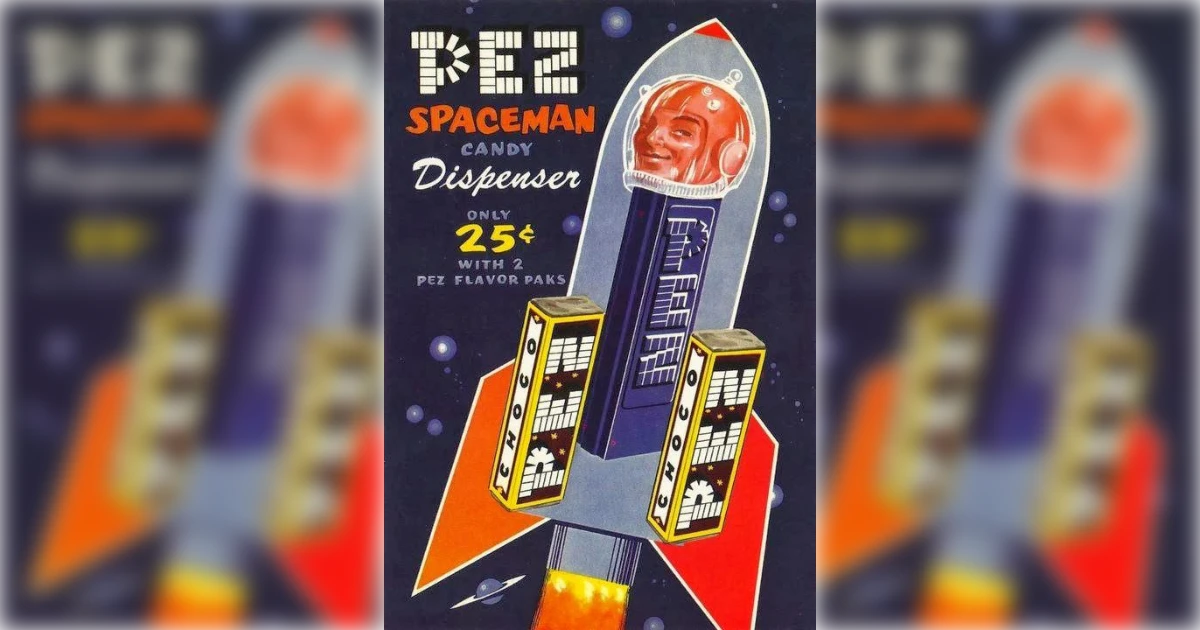
By the late 1940s, Haas III faced a problem. Customers loved sharing PEZ, but the communal tins were unhygienic.
Then came along Oscar Uxa, an inventor who created a mechanical dispenser that looked like a cigarette lighter.
Patented in 1948 and debuted at the 1949 Vienna Trade Fair, this dispenser played into Haas III’s anti-smoking mission. When someone asked for a light, PEZ users could offer them something better—a mint dispenser that held exactly 12 pieces.
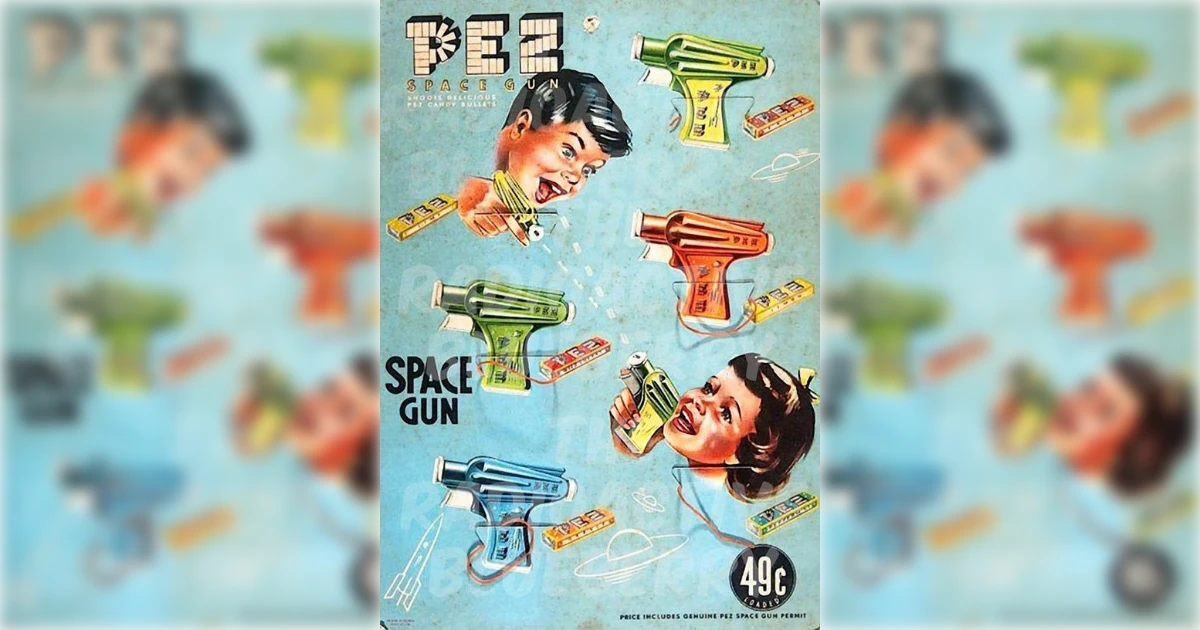
In 1952, Haas III set his sights on America. He recruited Curt Allina, an Austrian-Czech who understood American markets, to establish PEZ-Haas Inc. in New York City.
But the European approach flopped. Americans weren’t interested in expensive breath mints that cost 25 cents when candy bars were only five cents. The strong peppermint flavor felt too medicinal, and the adult marketing message fell flat.

By 1955, facing poor sales, Haas III made a reluctant but brilliant decision. If adults wouldn’t buy PEZ, maybe children would.
Everything changed overnight.
Out went the strong peppermint and sexy advertising. In came fruit flavors like orange, strawberry, and grape. Most importantly, the dispensers were designed with their iconic character heads. Santa Claus, Popeye, and Mickey Mouse were among the first.
Children didn’t just want the candy, they wanted to collect the dispensers. PEZ had accidentally invented interactive candy.
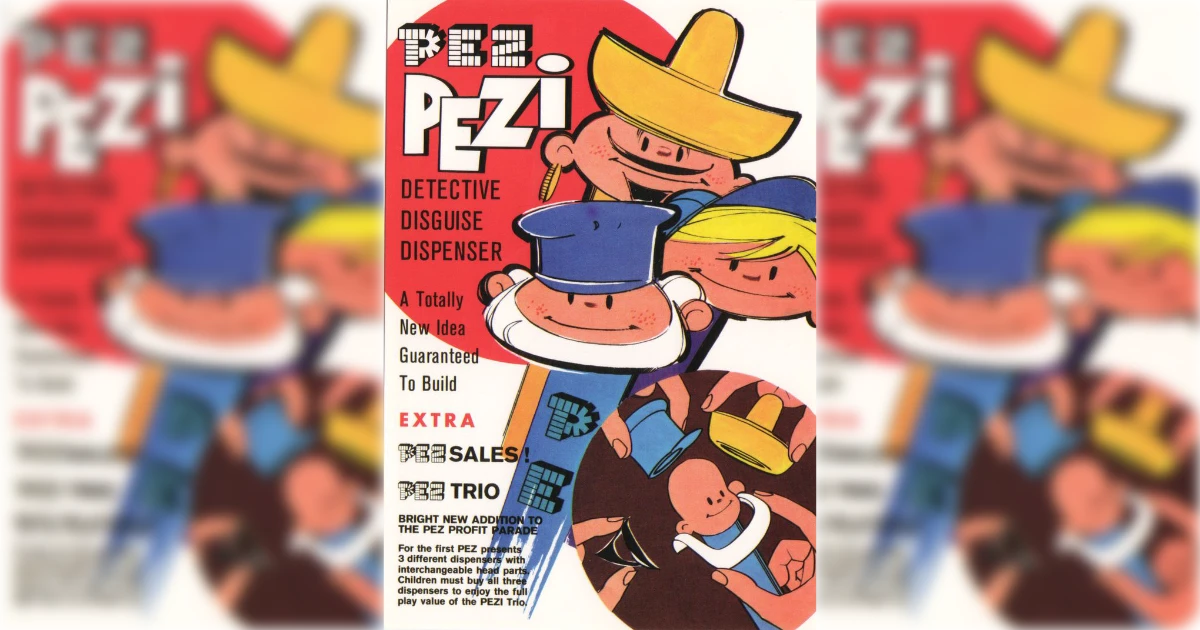
Haas III’s approach to Walt Disney at the end of the 1950s launched what would become a licensing empire. Suddenly, every popular character could live on a PEZ dispenser. From cartoon favorites to movie franchises, PEZ became a miniature billboard for popular culture.
By the 1960s, the company was introducing wild experimental flavors like licorice, flowers, and chlorophyll, while creating elaborate storylines around “PEZ Pals” — characters who solved mysteries in different disguises.

In the 1970s, a massive new facility opened in Orange, Connecticut, in 1973, but by the 1980s, the company had gone largely dormant, doing virtually no advertising.
Then something unexpected happened. In 1991, the first PEZ collector convention was held in Mentor, Ohio. What started as a small gathering of enthusiasts exploded into a worldwide phenomenon. By 1993, Forbes featured PEZ on its cover, and Christie’s held its first pop culture auction featuring the dispensers.
The collecting craze became so intense that it indirectly led to the creation of eBay. But the famous story about Pierre Omidyar’s girlfriend being a PEZ collector was later revealed to be marketing mythology.
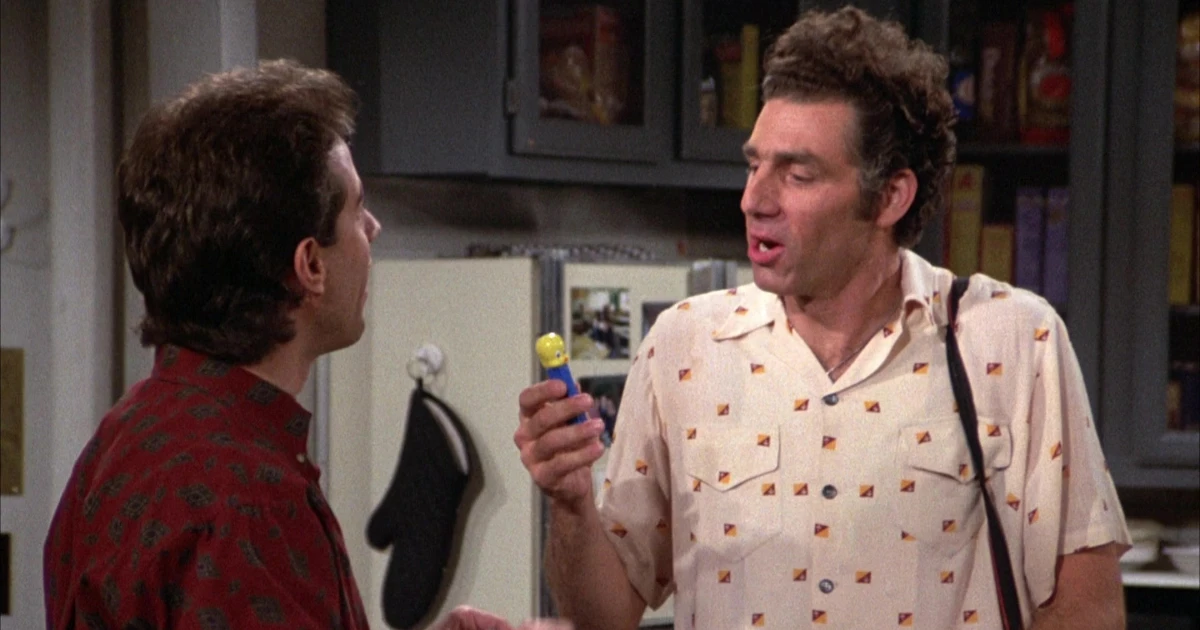
The 1990s and 2000s saw PEZ transcend candy to become genuine Americana. When “Seinfeld” featured a Tweety Bird dispenser, and movies like “Stand By Me” referenced the brand, PEZ had officially entered the cultural zeitgeist.
Carrie Fisher’s famous quote — “You’re not famous until your head is on a PEZ dispenser” — perfectly captured this transformation.
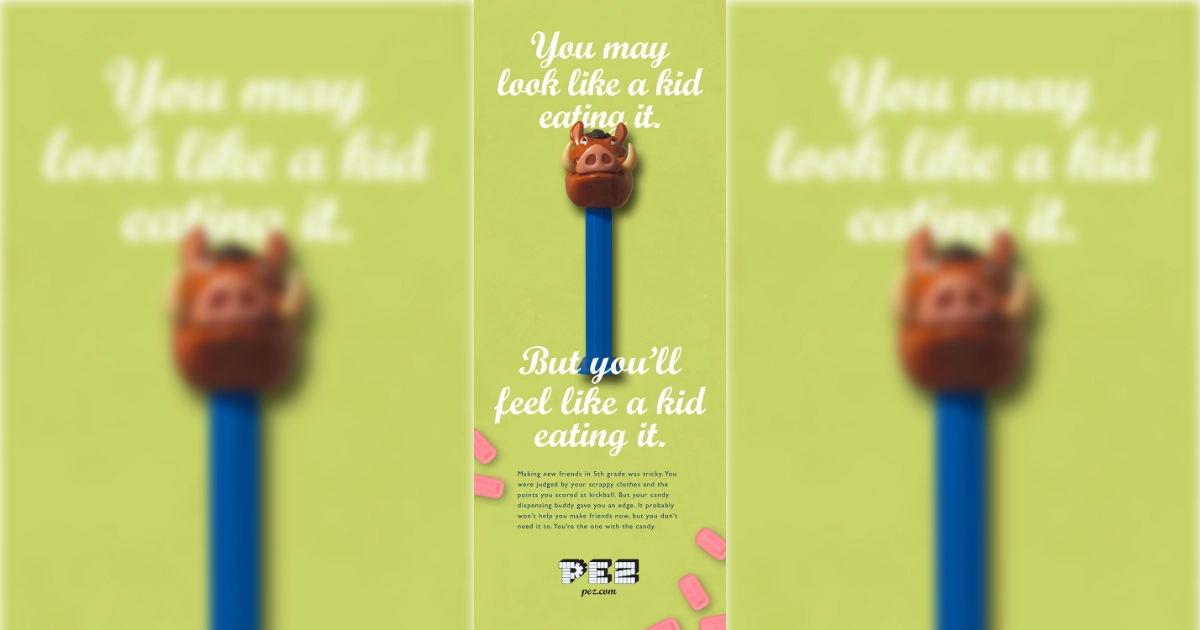
Today, PEZ distributes 70 million dispensers and 5 billion candies annually to over 80 countries. The company has created over 1,500 different dispensers, from historical figures to the latest movie characters.
The latest innovation, PEZ MyHEAD, lets anyone create a personalized dispenser using 3D printing technology. For 129 euros, customers can become part of the PEZ legacy that started with Eduard Haas III’s simple dream of helping people quit smoking.